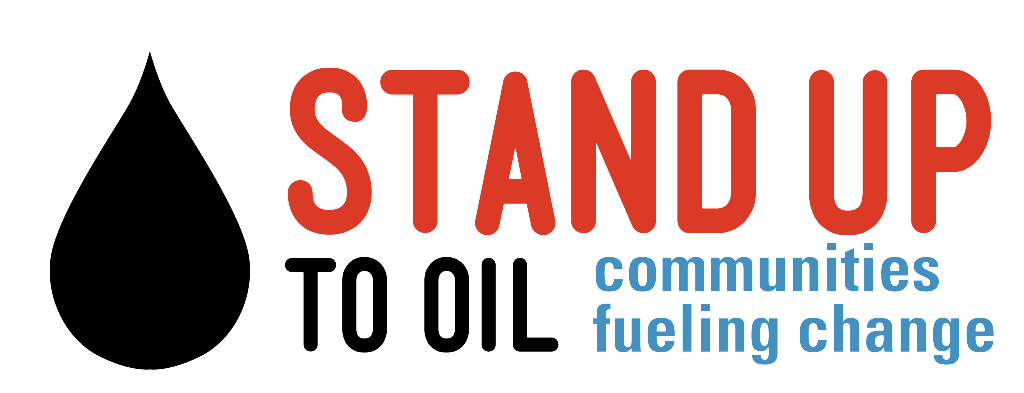Emerging Fuels
Low Carbon Fuels: Widen Your Understanding
In the last two years, historic legislation has passed that will provide unprecedented resources to address the problems of climate change. The federal Inflation Reduction Act (IRA) passed last summer, the state Clean Fuel Standard and Climate Commitment Act (CCA) passed in 2021. These two state laws began implementation this year. The federal funds are already flowing. All this adds up to billions of dollars to reduce climate pollution. It creates an opportunity to build a new type of economy, one with the potential to be more equitable, more inclusive, and more resilient.
We know we need to decarbonize our economy across every sector. This will result in cleaner air, more efficient and healthy homes and businesses, and less damage to wild places.
It also means recognizing the mistakes of the past and transitioning to a carbon-free future in a way that is environmentally just. That means prioritizing communities that bear the brunt of climate change: communities of color and Tribal nations.
One step in this transition is increasing our “low carbon fuels” (LCF) supply, in tandem with other types of energy like solar and wind projects. In many ways, LCF is more complex. Some of these fuels can prolong the use of fossil fuels, be similarly polluting, and dangerous. Others can reduce our fossil fuel consumption and target those areas that are harder to electrify, such as shipping and aviation.
As our region faces a variety of low carbon fuel projects you may start to hear a lot about LCF. As you try to follow these debates, here’s a quick primer of things to consider:
Over the course of their lifecycle, low carbon fuels have lower greenhouse gas emissions than fossil fuel gasoline and diesel. They include:
- Electricity
- Liquid biofuels such as ethanol, biodiesel, and renewable diesel
- Biomethane
- Hydrogen
Key types of considerations when reviewing these projects include:
- Safety
What are the protections needed to keep communities safe as we develop these fuels? For example, liquid hydrogen, ammonia, and other lower carbon fuels are highly flammable. In February of this year, an Australian tanker set off for Japan with its first load of liquid hydrogen, only to have a fire erupt shortly after loading.
- Health
What type of pollutants are associated with these fuels and how do we protect public health? For example, ammonia is highly toxic. A train carrying ammonia derailed in Serbia last December, hospitalizing dozens and forcing everyone in a nearby town to shelter indoors to keep safe from the poisonous fumes. Burning hydrogen produces nitrogen oxide which contributes to smog and has been linked to lung conditions like asthma.
- Contamination
What happens if these fuels are spilled or leaked? How would this affect water and soil? In the case of an accident, what protections do we need? As the recent Palestine, Ohio train derailment shows, mishaps are not a matter of “if,” but of “when”.
In addition, the production of some of these fuels like biofuels can cause more problems like fertilizer runoff causing algal blooms and more mono-cropping. All these issues need to be considered.
- Use
We need to deploy these fuels where their use makes the most sense. For example, it is easier to electrify compact vehicles and building heat and cooling systems. In contrast, some industrial processes require large amounts of energy and may be a better use for green hydrogen or even a more closed loop, renewable natural gas system.
- Energy
Generating low carbon fuels can take a lot of energy. It is important to look for the most direct and least energy-intensive way to generate energy. That is why solar and wind are such great options. In contrast, take the example of hydrogen: While hydrogen is everywhere, it is seldom alone, and almost always chemically linked to another element. It must be peeled off from other compounds like water (H2O) or methane (CH4). There are several ways to do this. Almost all hydrogen produced today comes from methane or natural gas, in a process that takes a lot of energy and produces lots of CO2.
It is possible to use another process, electrolysis, to strip the hydrogen from water. Unfortunately, electrolysis is expensive, and also takes a lot of energy. If that power does not come from a green source like solar or wind, then the climate benefits are lessened.
- Location
We have a lot of experience here in the Pacific Northwest with large scale facilities being proposed in areas that pose unacceptable impacts to already overburdened communities. Puget Sound Energy’s Tacoma liquid natural gas facility stands on the ancestral territory of the Puyallup Indian Nation historic land, an already polluted and vulnerable area. The proposed Tesoro-Savage terminal in Vancouver would have been sited next to the low income and already impacted Fruit Valley Neighborhood and was stopped only after a multi-year effort through the Stand Up To Oil coalition. As we try to live more lightly on the land, we must seek out, and listen to, the voices of those most affected.
- Accountability
It is likely that many of these low carbon fuel facilities will be proposed in existing refineries and fuel storage terminals. We need to ask hard questions to make sure that these lower carbon fuels aren’t being used as a technique to keep using fossil fuels.
Key questions include:
How will air quality and water discharge permits be updated to reflect pollution changes? For instance, if the proposal asserts there will be less air pollution, then the allowed pollution amounts should be lowered.
How will changes in vessel, train and truck traffic be affected by low carbon fuels? How will we track emissions? It’s key that emissions are lower with these fuels, and not just a way to prolong fossil fuel use.
originally featured in Washington Conservation Action’s Summer 2023 issue of Convene
